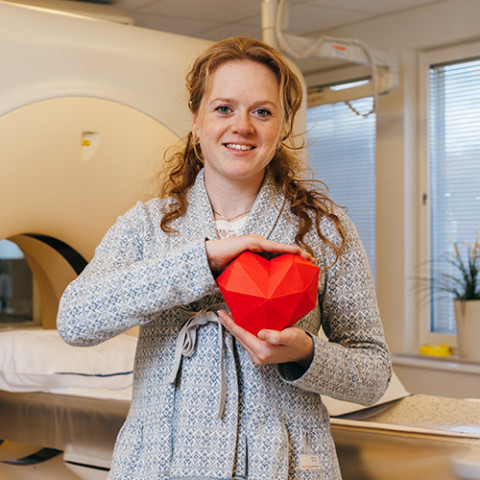Blog
04 May 2021
Covid-19: What tests are there, how do they work, and which to use?
When it comes to detecting Covid-19, the World Health Organisation (WHO) recognises PCR testing as the Gold Standard. It’s the most accurate way to detect Covid-19 infection, and that’s also why the EU Aviation Safety Agency recommends it for travellers. It seems very likely that airlines and governments will insist on negative PCR tests when international travel resumes.
The PCR test is traditionally a laboratory test that detects infections at early onset. There are also a few, very new types of PCR test emerging which can be used at the point of care (POCT). PCR testing works by detecting the presence of specific RNA (viral genetic material). Results are generally available within 24 hours, with results within hours of using point of care tests. The main benefit of PCR testing is that it is extremely sensitive, and also very specific – meaning it produces clear and accurate results.
The LAMP test is another form of genetic testing, which also detects the viral RNA. It is faster and can be cheaper than PCR but is generally not as sensitive – meaning it’s not quite as good at identifying positive Covid-19 cases.
Then there is antigen testing, most commonly recognised as a point of care test seen in the community (also known as “lateral flow testing” or “rapid antigen testing”). Antigen testing can also be conducted within a laboratory setting. This test works slightly differently. Antigen testing does not look for the virus’ genetic fingerprint. Instead, it looks for the presence of specific proteins from the SARS-CoV-2 virus itself (otherwise known as its antigen expression).
The main benefits of antigen testing are speed, cost, and simplicity. But – and this is a big but – antigen tests work best with high viral loads, which are usually only present 2-4 days after the onset of first symptoms. False negatives are quite common, given that around a third of all positive Covid-19 cases don’t have symptoms – infected patients who have low viral loads may not be identified using this test. So this test may miss infected patients in the early phase of infection, or those who never develop symptoms. Antigen testing is also not recommended by the World Health Organisation where the prevalence of Covid-19 is very low, since false positives can be an issue. Antigen tests are therefore more like a snapshot – best suited to identifying infectious individuals during a specific window in time, or to rule out Covid-19 in someone displaying similar symptoms.
All three of these tests – PCR, LAMP, and antigen – are performed on secretions sampled from the throat and/or nose of the patient.
And last but not least, we have the serology test – a test that, unlike all the others, works by predominantly analysing blood samples. Further research is looking into this method using saliva sampling.
The serology test – also called the antibody test – identifies whether an individual has developed antibodies. In light of ongoing vaccination programs this is important as quantitative serology quantifies the strength of the patient’s immune response – and can also discriminate between responses due to infection or vaccination.
Different immunoglobins (or antibodies) are produced by the body (IgM, IgA, IgG) and these appear at different times following Covid-19 infection. So it can be – and is – used to diagnose individual patients. But more importantly, taken together with other results, serology testing helps researchers understand the course of the pandemic, the health status of a given population, and the degree of “herd immunity.”
Author: Dr Christian Rebhan, Unilabs’ Chief Medical and Operations Officer.
ACRONYMS
-
WHO- World Health Organisation
-
Covid-19 – Coronavirus Disease 2019
-
RNA- RiboNucleic Acid
-
PCR- Polymerase chain reaction
-
LAMP- Loop-mediated isothermal amplification

